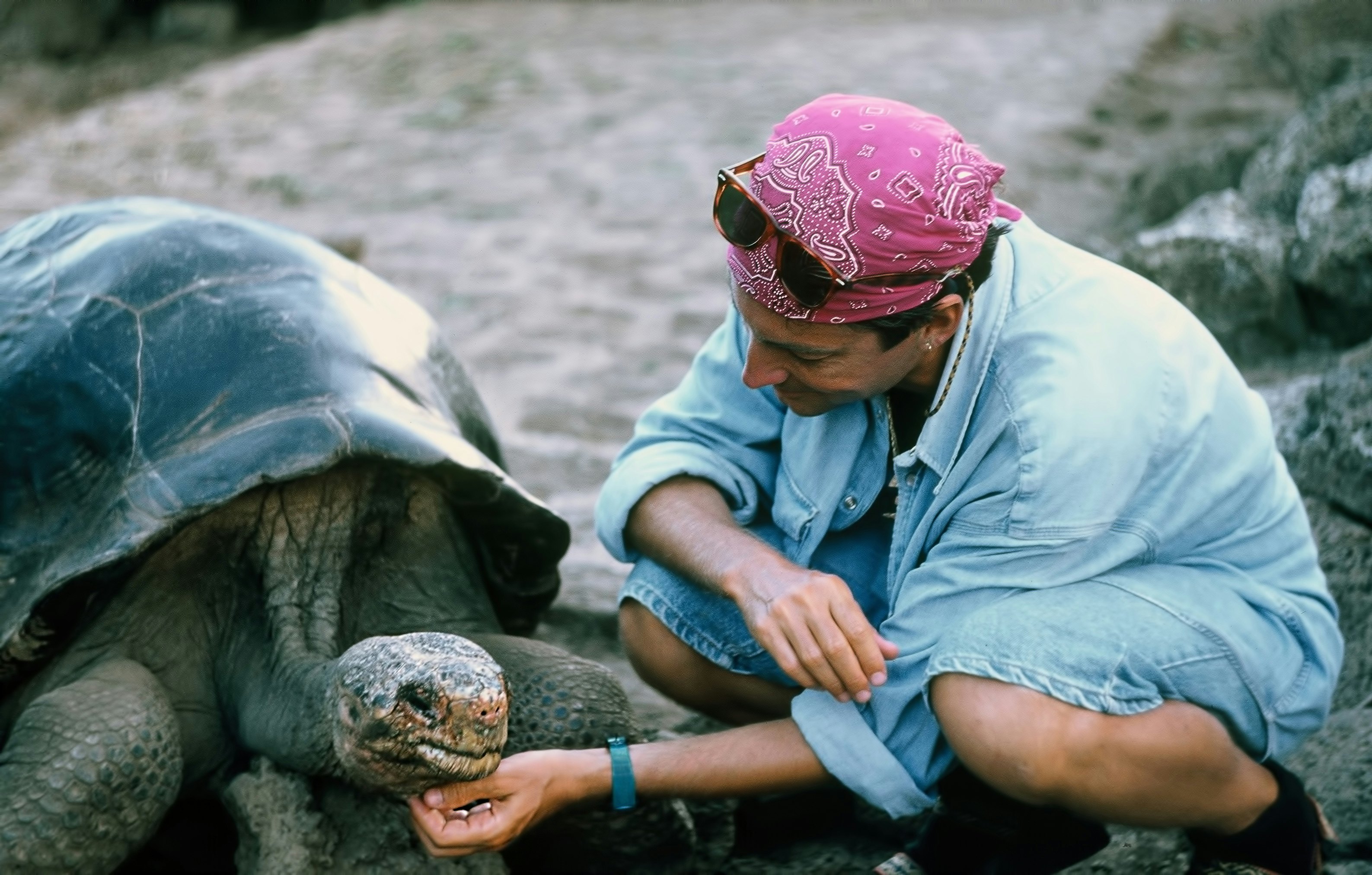The Galápagos Islands will double its fee for visitors in August 2024. Here’s why

Mar 25, 2024 • 2 min read

Starting in August, most adult visitors to the Galápagos can expect to pay a $200 entry fee, double the current rate © Danita Delimont / Shutterstock
Starting in August, the tourism administration for the Galápagos Islands will raise fees charged to visitors to its national park from US$100 to $200.
The increase is intended to offset the effects of the higher number of tourist arrivals the islands have seen in recent years.

Tiny islands in vast oceans are incredibly fragile environments – and are also tourist magnets. And for good reason. The Galápagos in particular have an ecological uniqueness unmatched anywhere else on Earth, from animal species that only exist in this one place to lands dominated by lava tunnels and pink-sand lagoons. And the sheer challenge of getting there only adds to the adventure. (Don’t assume you have to book an expensive cruise: follow our guide on how to plan a DIY trip to the islands.)
But the Galápagos simply can’t support the vast number of humans that show up in search of awe every year. Over 270,000 people visit the archipelago annually – a number that is steadily rising. The Galápagos instituted sustainable-tourism initiatives as early as 1959, when the national park was established. The authorities realized then that attracting more visitors would benefit the economy – but that they needed to act in way that would ensure the longevity of the islands’ ecosystem. And that is a pricey endeavor.

A path toward sustainability
“It is our collective responsibility to protect and preserve this unparalleled ecosystem for future generations,” Niels Olsen, Ecuador’s minister of tourism, said in a statement. “The adjustment of the entry fee, the first in 26 years, is a necessary measure to ensure that tourism in the Galápagos remains sustainable and mutually beneficial to both the environment and our local communities.”
The fee applies to most international adult travelers. (The new fee for visitors under 12 is $50; those under two are free.) Adults traveling from the South American treaty bloc Mercosur will pay $100. The funds collected will be channeled toward conservation initiatives, infrastructural upgrades and community programs. Of particular importance is investing in sewage systems, waste management and medical infrastructure, according to a statement from Olsen.
If you’re considering a trip to Ecuador and the Galápagos – and we highly encourage you to do so; it is on Lonely Planet’s Best in Travel 2024 list, after all – start your planning journey here:
Add these top experiences to your journey
Navigate like a local with these tips for getting around
Make the most of your trip with these best places to visit






